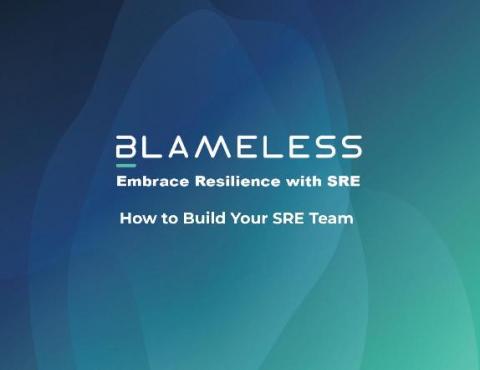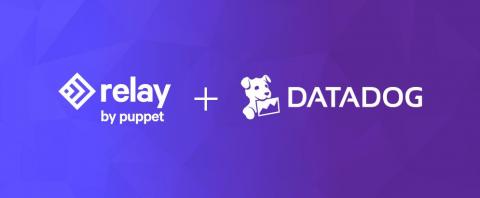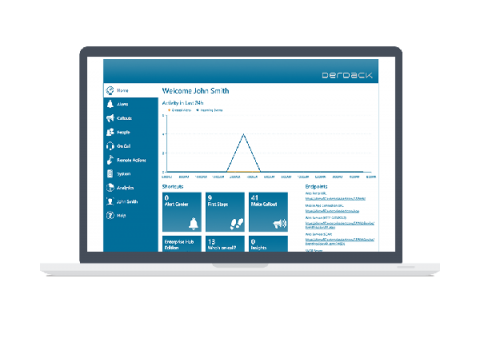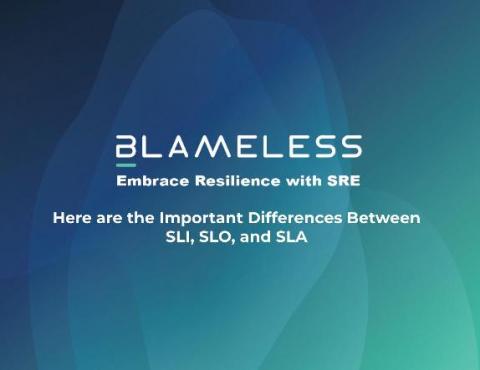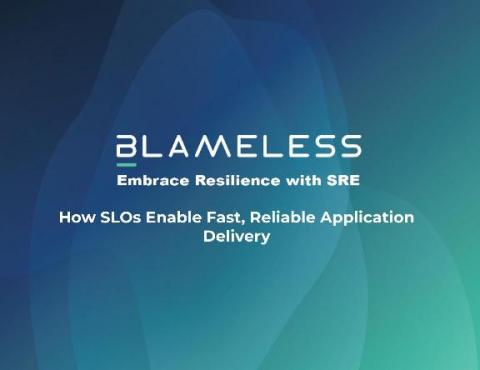AIOps - Done the Self-Service Way
Last week I went camping with some friends. One of them did the shopping for all of us, so I sent him my share using a payment app. It took me less than 2 minutes to complete the transaction. A few years ago, a similar transaction would have me going to the bank to complete the task, or at a minimum, calling a bank teller and having him do it. Try to imagine a bank asking its customers to do any of these things today. It would probably lose all its customers in no time.



